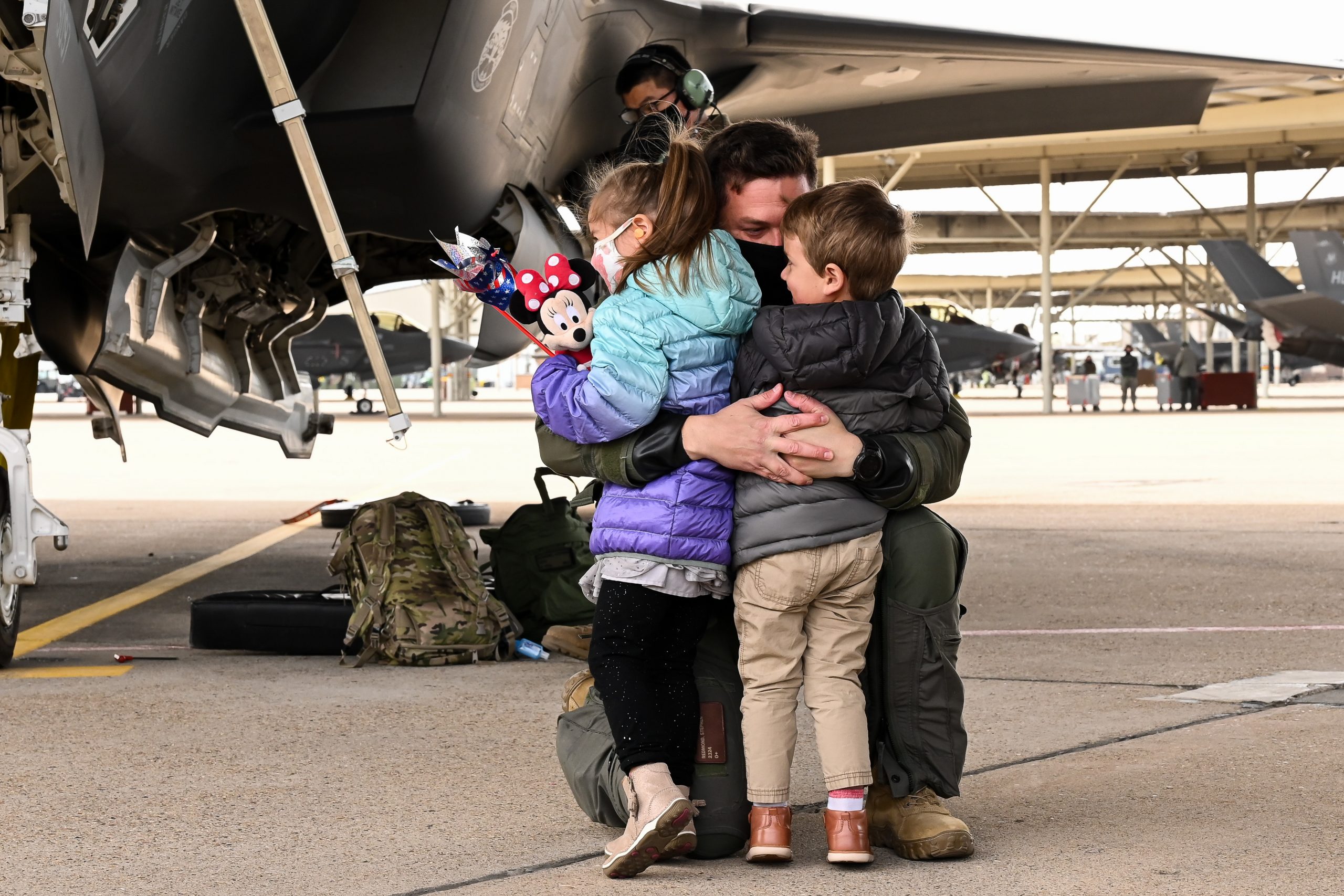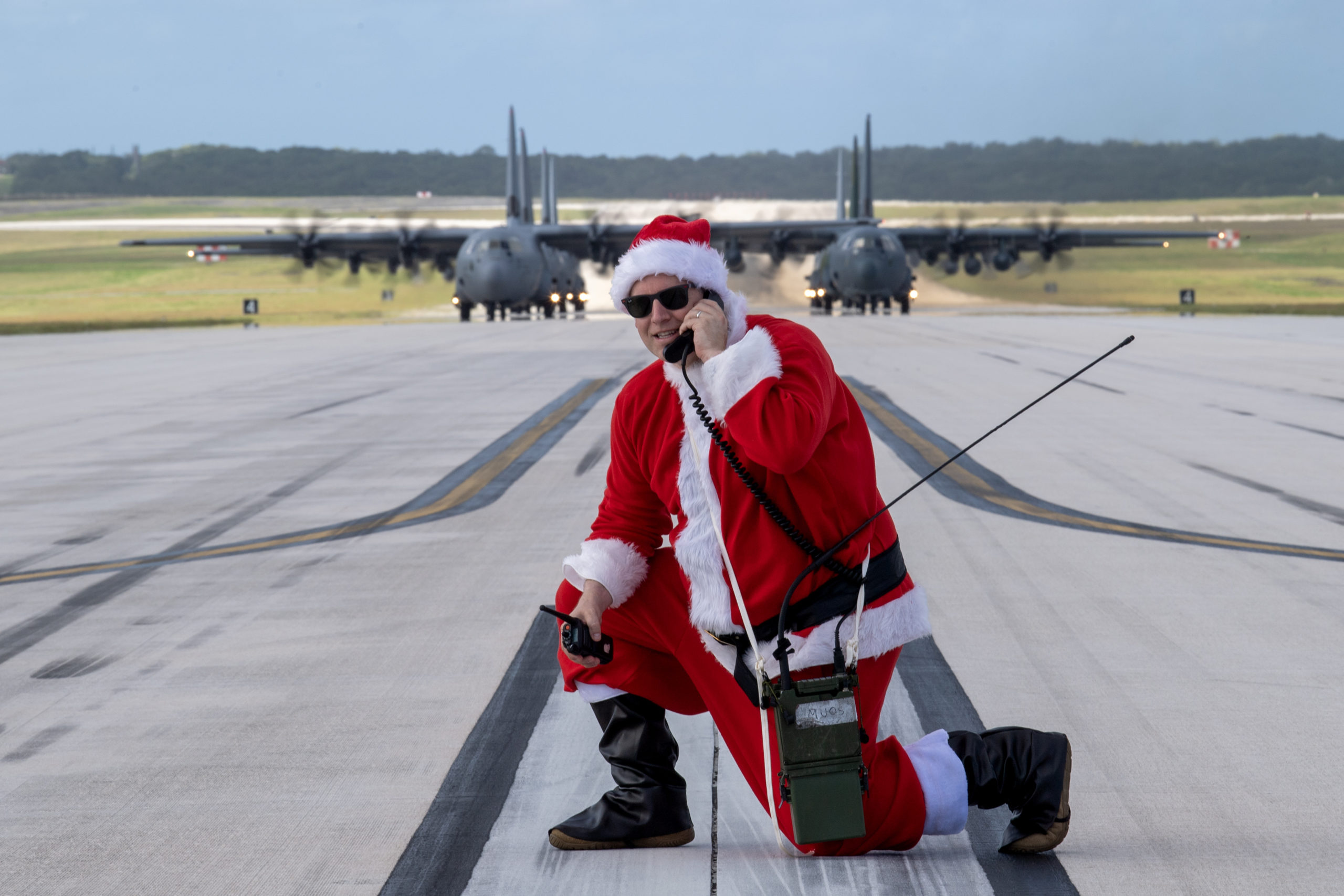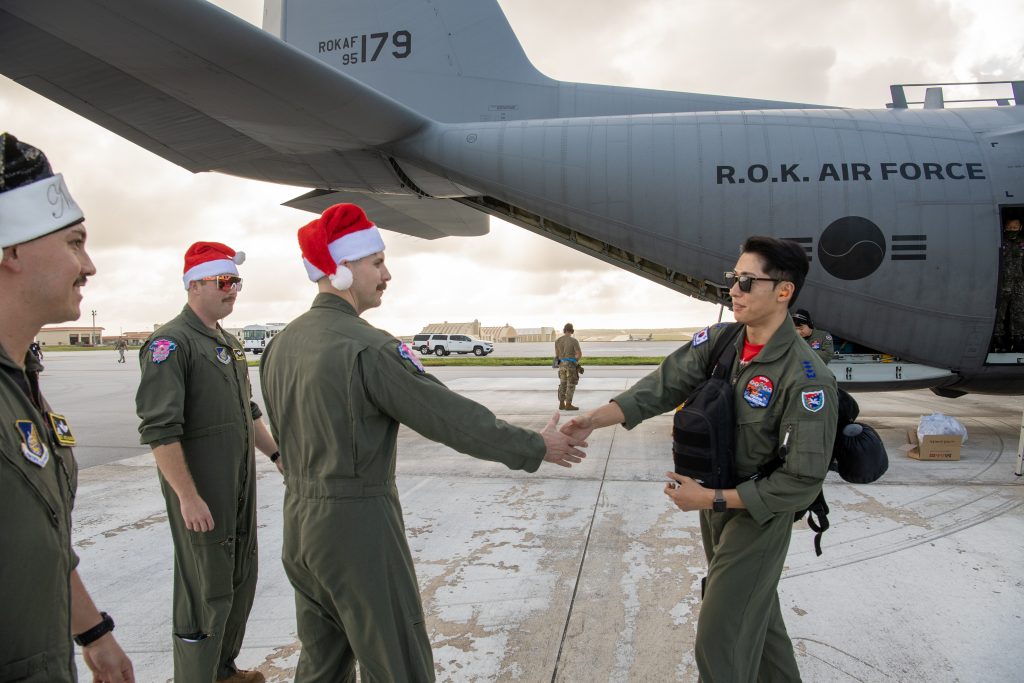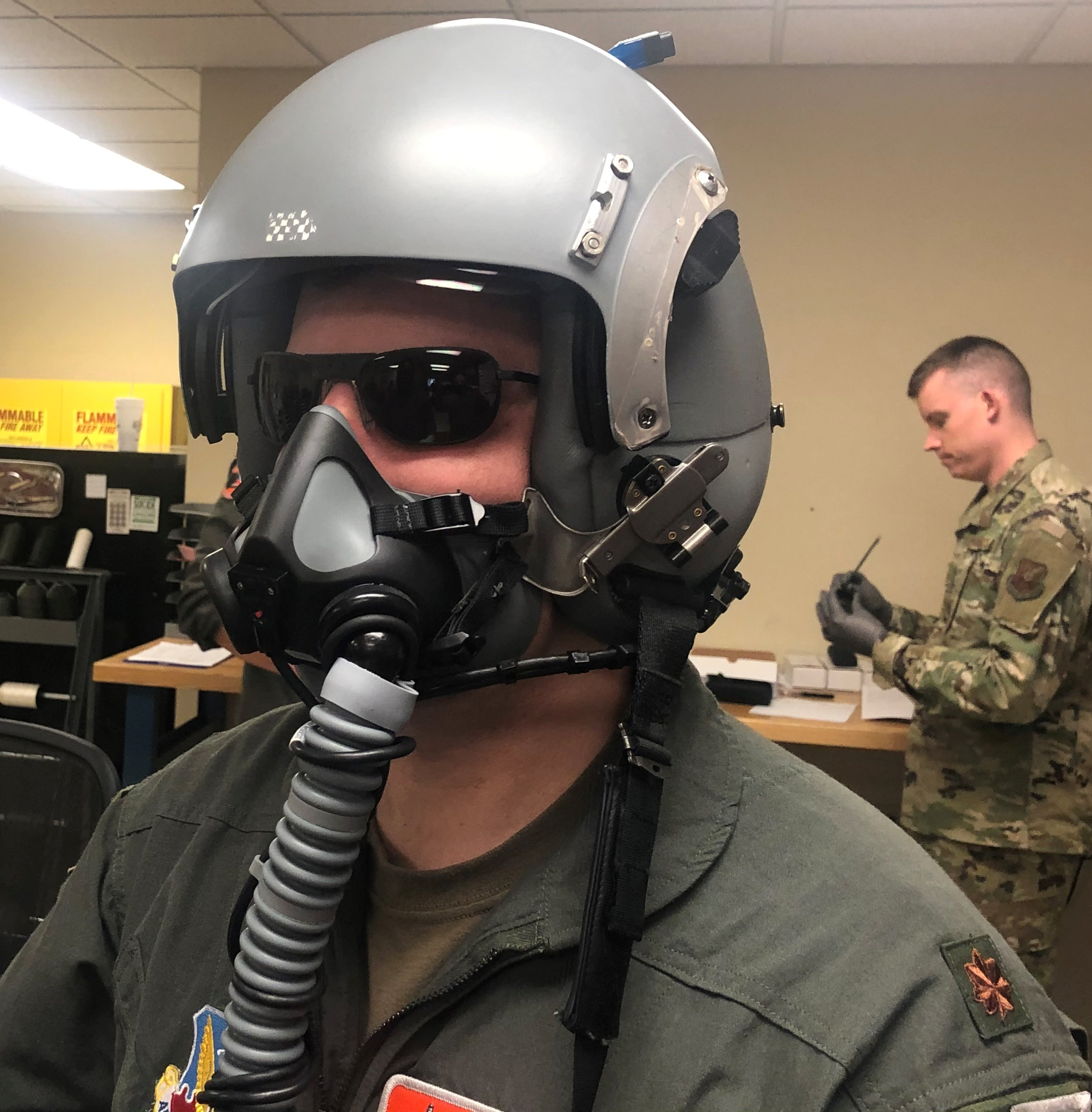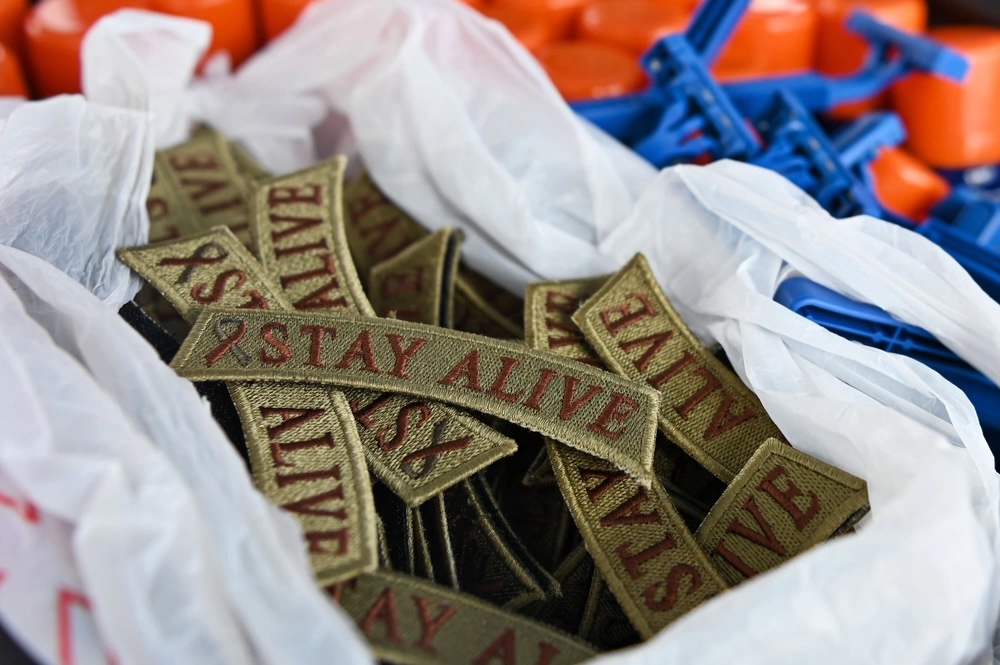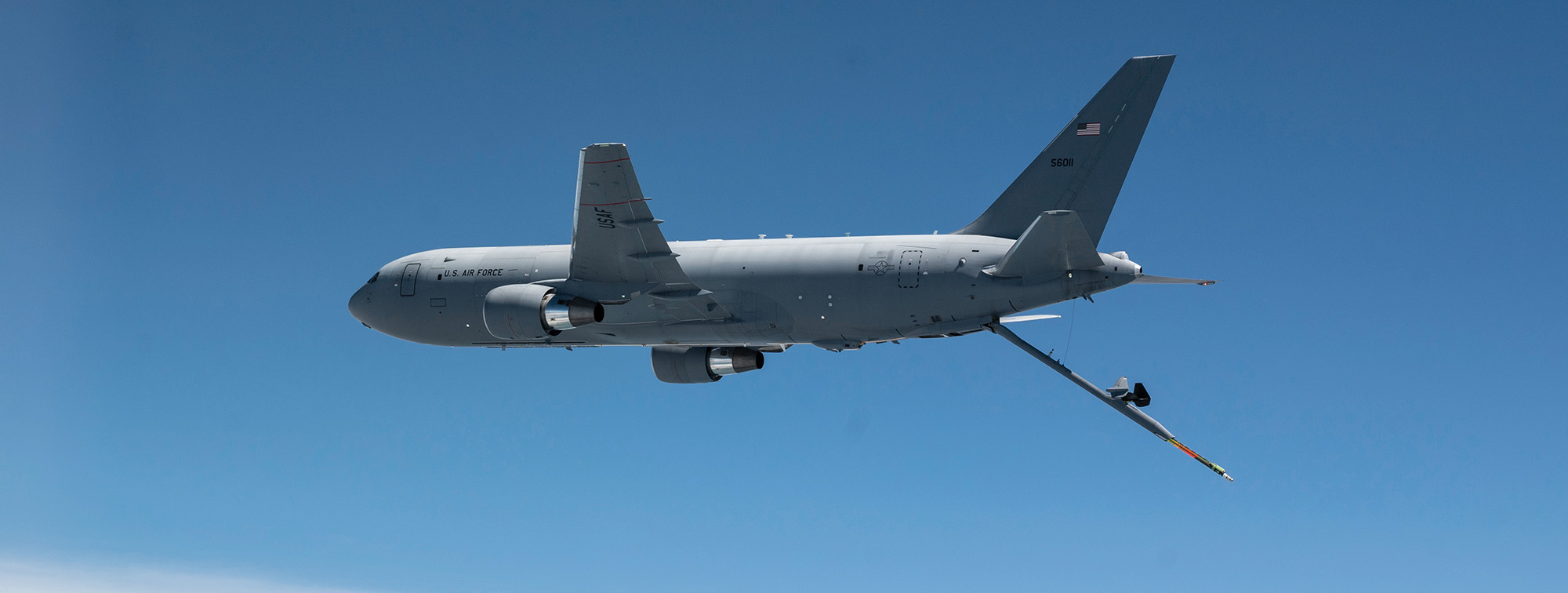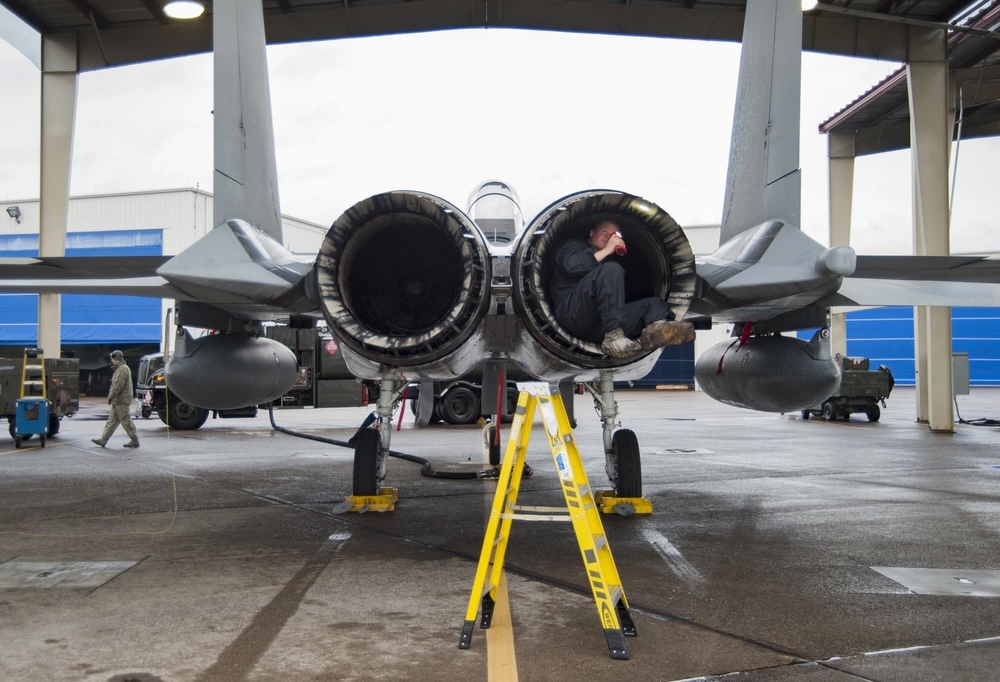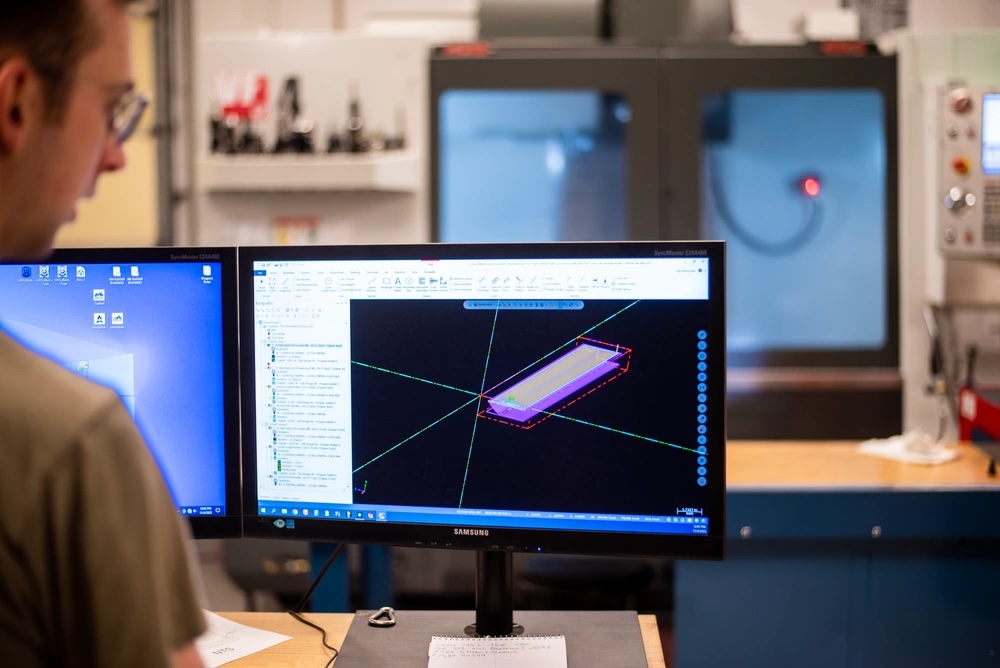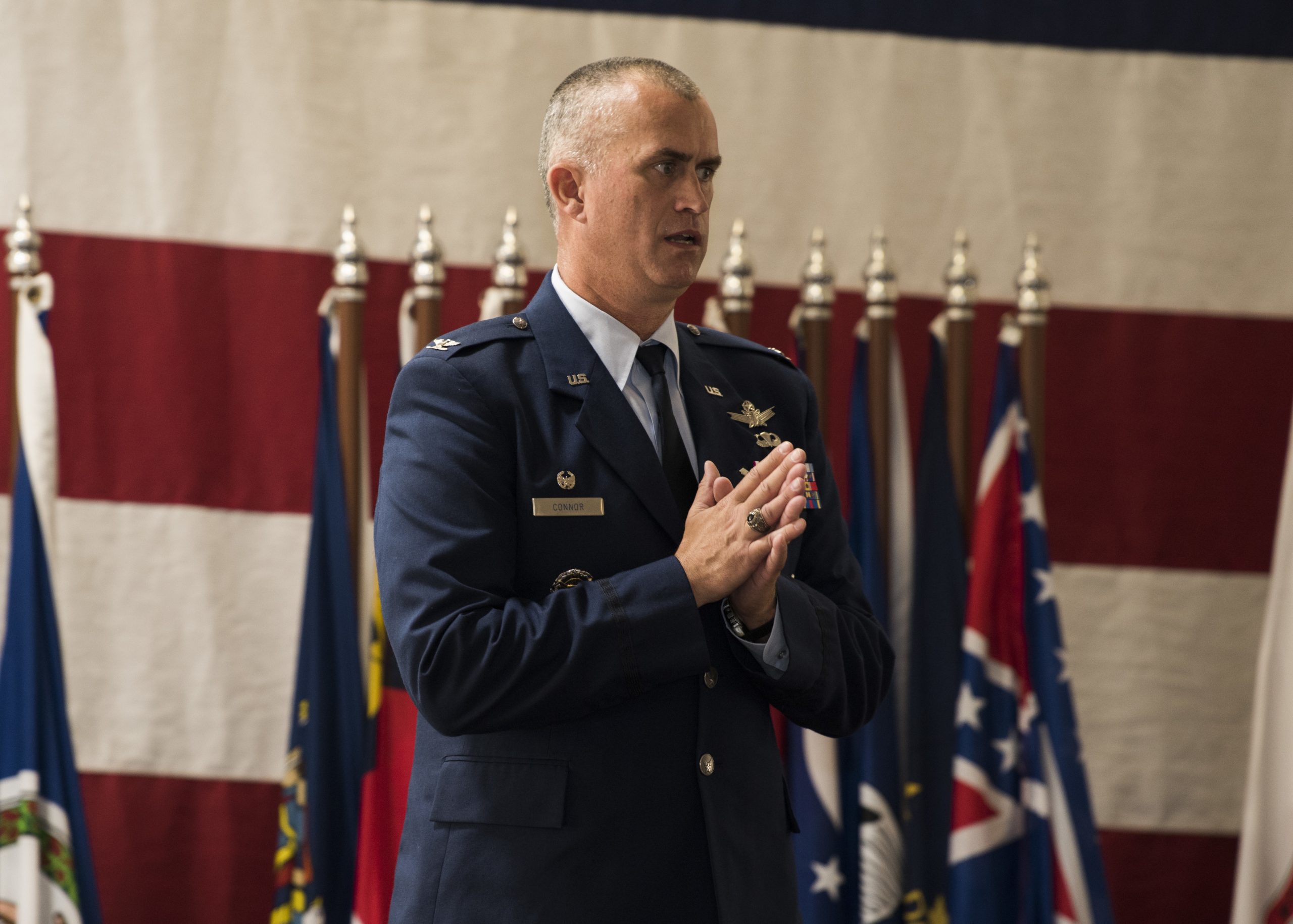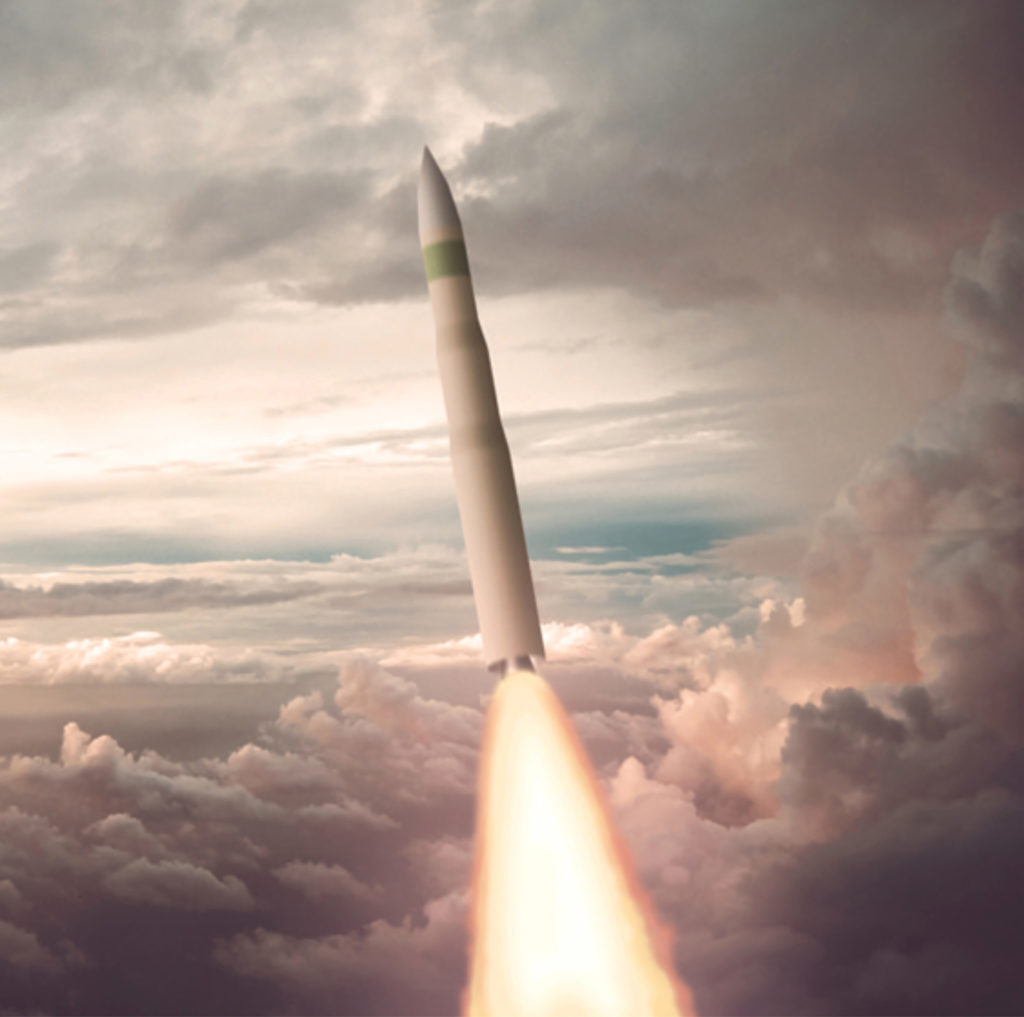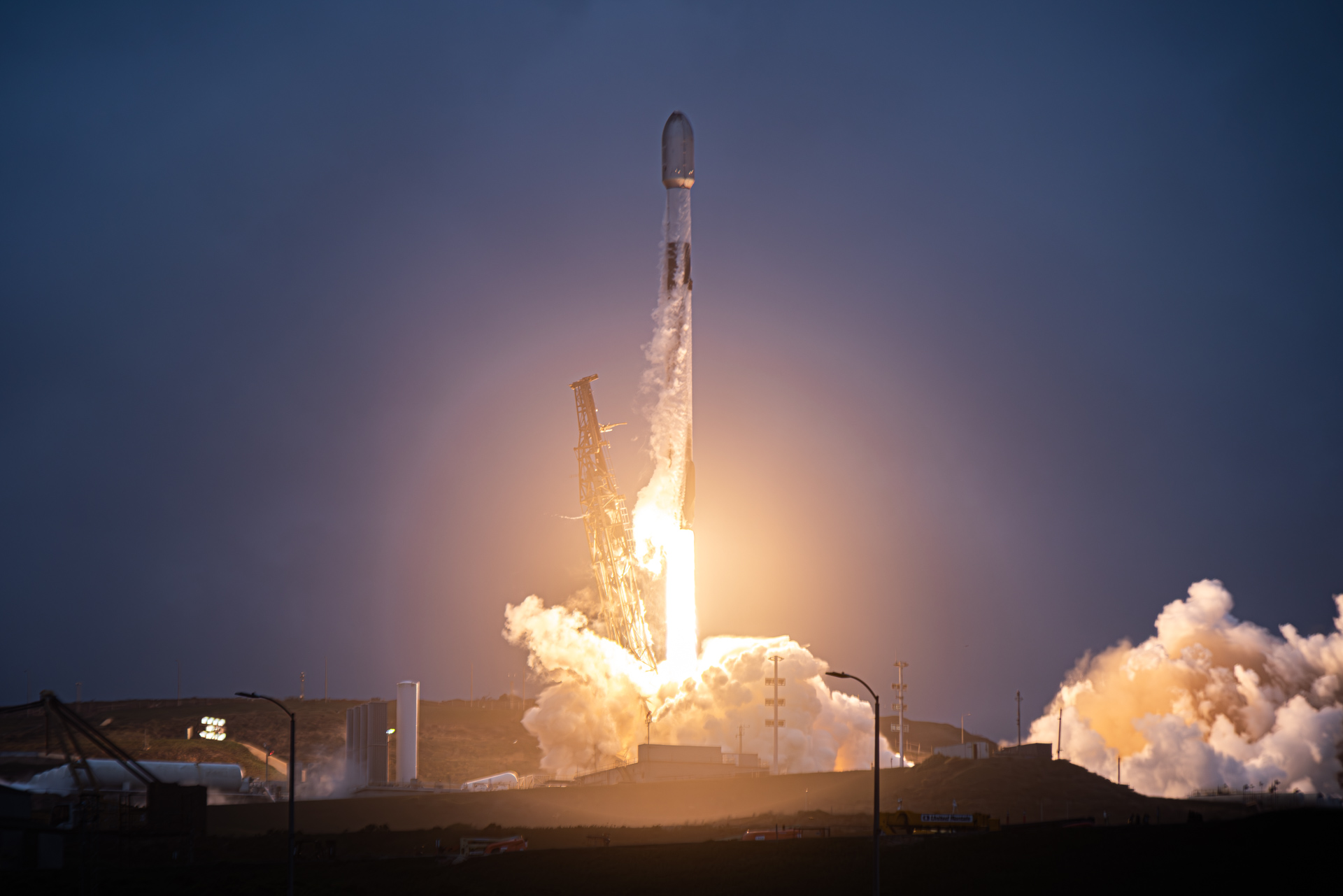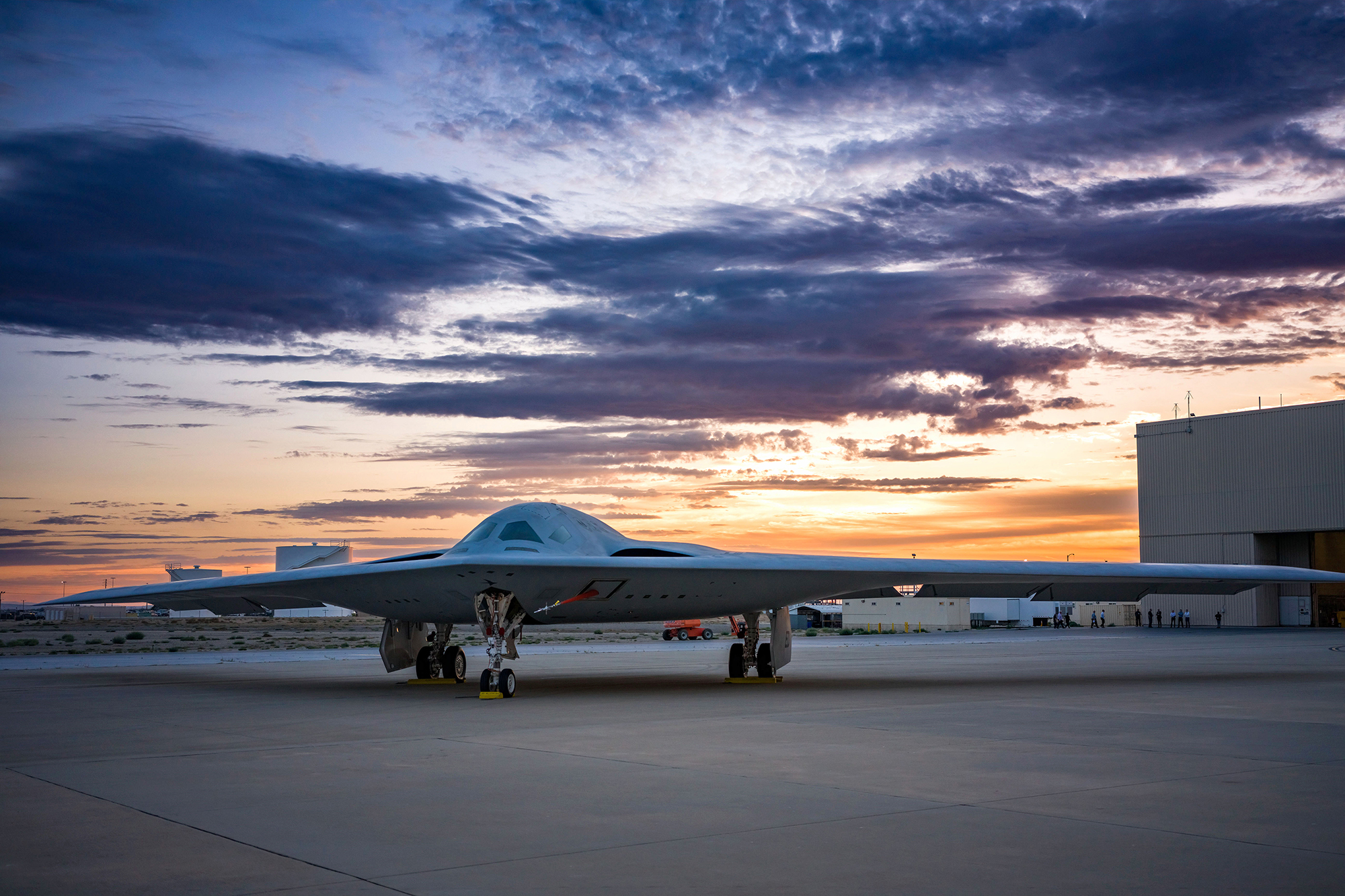The Air Force is renaming its traditional aviation bonus program in 2024 and continuing a new, experimental second program, ordered by Congress, aimed at getting aviators to extend their commitment sooner and for longer.
While the programs can’t be doubled-up, aviators may be able to move from one to the other, depending on their circumstances and the needs of the Air Force.
The newer program, introduced toward the end of fiscal 2023 and continuing into 2024, “allows members to commit to a retention bonus early, receive money early, with lump-sum payment for longer contracts” of five years or more, an Air Force spokesperson said.
The current Aviation Bonus program runs until Dec. 31, 2023, when its name will change to the Experienced Aviation Retention Incentive (EARI). Air Force Reserve and Air National Guard pilots can still apply for it until then; Active Duty pilots can apply before Aug. 1, 2024.
The EARI offers rated officers with experience in certain critical weapon systems—the Air Force won’t identify which ones—“both monetary and non-monetary incentives to extend their service commitment” if that service commitment expires in fiscal 2024, a spokesperson said. The cash options run from $15,000 per year to $50,000 per year for contracts ranging from three to 12 years of additional service. The amounts vary depending on how shorthanded certain weapon systems are.
Other incentives that may come into play include “assignment of choice, assignment declination, or remain in place,” according to an Air Force press release. In surveys, aviators have said having some choice in assignment would help them extend their time in uniform.
The second program was created in the fiscal 2023 National Defense Authorization Act. It is a “demonstration” program that will run five years to see if it helps retain pilots in critical weapon systems. Called the Rated Officer Retention Demonstration Bonus (RORDB), it also requires applications by Aug. 1, 2024, but “the program eligibility window will close early if the budgetary maximum number of contracts are met before,” the Air Force said.
The RORDB is only open to pilots of crewed aircraft—not remotely-piloted aircraft operators. It’s available to those “with no more than three years, but no less than one year remaining” on the Active-duty service commitment they made after completing Undergraduate Flying Training. In other words, the bonus will be available to those whose service commitments expire in fiscal 2025 or 2026.
The program incentivizes extending one’s commitment by offering more money for deciding earlier, with the bonus declining as an aviator draws closer to their commitment expiring. It also offers non-monetary incentives.
An Air Force spokesperson offered a hypothetical case to explain how the demo program bonus will work.
“If I am a bomber pilot and my original [Active Duty Service Commitment] expires in FY’26, I can sign a 10-year contract for $50,000 per year under the Demo program,” she said. “If I wait until FY’26, when I would be eligible for the EARI program, the same 10-year commitment would (only) be worth $35,000 per year. Additionally, if I enter into a contract under the Demo program, I will also have an assignment of preference option.”
The spokesperson noted that the bonuses offered will be unique to each aviator’s circumstances—their weapon systems, years of commitment remaining, etc.—and urged that Airmen explore eligibility requirements and application instructions on the myFSS website.
While the RORDB is only available for “select” Regular Air Force pilots, the EARI is open to Regular Air Force, Guard and Reserve rated officers, the service said.
Information about EARI for the Guard and Reserve will be announced later, USAF said.
Bonus programs are intended to “deliberately shape and retain experienced rated officers to meet Air Force retention, training and mission readiness requirements to maintain the lethality of the force,” the service said.
“Aviation-related skillsets, formed through the crucible of combat and daily execution of high-intensity operations, is the foundation necessary to continue to effectively deliver warfighting capability to the Joint Force and the American people,” said Mag. Gen. Adrian Spain, director of training and readiness for the deputy chief of staff for operations.
“Retaining these professional aviators’ experience and expertise within the Total Force is imperative in order to outpace future challenges that may emerge throughout the spectrum of conflict,” he said.
The EARI targets specific rated officer communities “to provide accurate personnel forecasts for retaining experienced rated officers to execute the Air Force’s warfighting mission,” the service said.
